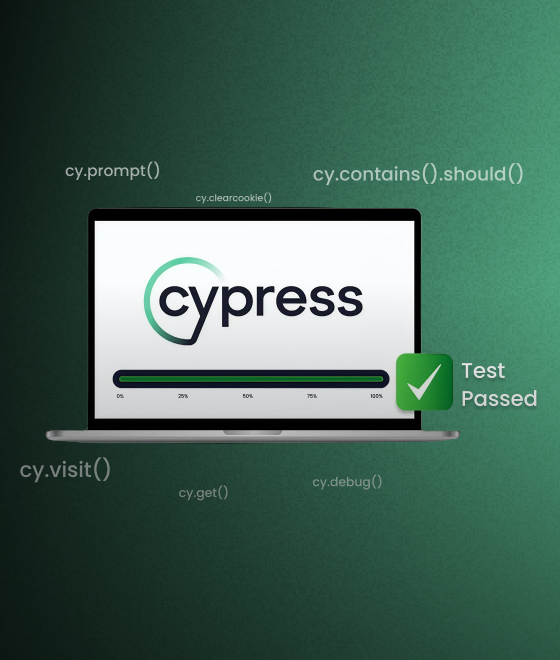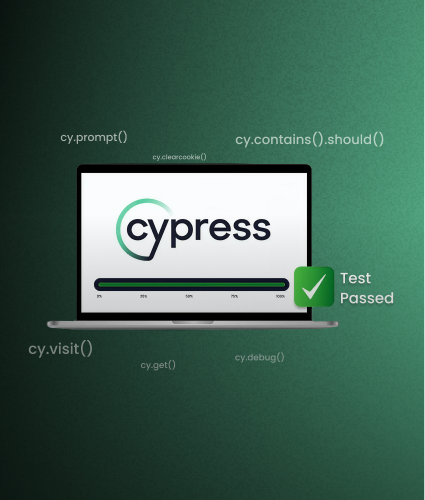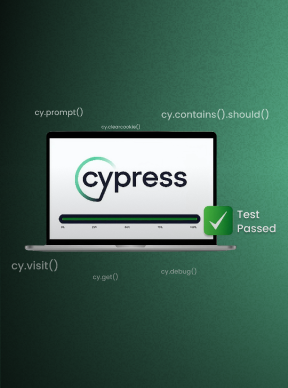In 2025, the mobile development landscape will have matured, but the competition between React Native and Flutter is more relevant than ever.
Startups, enterprises, and indie developers face the same question:
“Which cross-platform framework gives me the best mix of speed, performance, and future-proofing?”
Let’s compare these two titans across eight critical areas, factoring in the latest updates and industry trends.
Language & Learning Curve
React Native
- Based on JavaScript/TypeScript - easy to adopt for web developers.
- Leverages React’s component model and hooks.
- A massive pool of experienced JS developers reduces hiring costs.
- TypeScript adoption is now widespread in RN projects in 2025.
Flutter
- Uses Dart, which is now more expressive with records, patterns, and concurrency.
- Flutter developers love the clean syntax and robust static typing.
- Dart isn’t mainstream yet, but the Flutter-specific community is very strong.
Winner: React Native for easier onboarding, Flutter for long-term productivity and code quality.
Architecture in 2025
React Native
- New Architecture (JSI + TurboModules + Fabric Renderer) is now widely adopted.
- Better native communication and layout performance.
- Still depends heavily on native bridges for advanced modules.
Flutter
- Uses Flutter Engine + Skia + Dart runtime, completely controls rendering.
- Avoids native inconsistencies and layout bugs.
- Better suited for apps with advanced animations or custom UI flows.
Winner: Flutter – more predictable and performant for complex UIs.
React Native vs Flutter: Design System & Theming
React Native
- Uses native components → gets OS-level appearance for free.
- Libraries like React Native Paper, NativeBase, and Tamagui add good theming options.
- Material You and iOS 17 design support often needs native tweaks.
Flutter
- Comes with Material 3 and Cupertino widgets baked in.
- Theme extensions in 2025 make it easier to scale design systems.
- Global theming, dark/light mode, and animations feel native and fluid.
Winner: Flutter – unparalleled control over visuals and transitions.
React Native vs Flutter: AI & ML Integration
React Native
- Popular tools: TensorFlow.js, Replicate, OpenAI APIs, etc.
- Easy to connect to cloud AI tools using REST/gRPC.
- Native ML frameworks (CoreML/MLKit) need bridging.
Flutter
- Flutter now supports on-device AI with tflite_flutter and Google’s MLKit.
- Custom plugins available for LLM UIs, Whisper transcription, and image classification.
- Dart FFI (foreign function interface) enables binding to native ML libs.
Winner: Tie – React Native for web-connected AI, Flutter for on-device use cases.
React Native vs Flutter: DevTools, Debugging, and CI/CD
React Native
- Debug with Flipper, Chrome DevTools, or React DevTools.
- Metro bundler is faster, but debugging native issues can still be painful.
- Better CI/CD with tools like Bitrise, EAS Build, and Appflow.
Flutter
- Flutter DevTools provides detailed UI tree inspection, performance overlays, memory profiler.
- Supports hot reload, hot restart, and widget rebuild analysis.
- Very stable CI/CD via Codemagic, GitHub Actions, and Flutterfire CLI.
Winner: Flutter – especially for debugging performance issues.
React Native vs Flutter: Web & Desktop Expansion
React Native
- React Native Web: well-supported, but performance lags on complex layouts.
- React Native for macOS & Windows exists, but is not widely adopted in production.
Flutter
- Flutter Web: production-ready, supports PWA and SEO-friendly rendering.
- Flutter Desktop: stable on Windows, macOS, Linux.
- Use-cases: internal tools, dashboard apps, cross-platform games.
Winner: Flutter – for true cross-platform vision.
React Native vs Flutter: Enterprise Readiness
React Native
- Mature enterprise backing (Meta, Walmart, Shopify, Tesla, Discord).
- Easier team scaling due to JavaScript skill availability.
- Needs stricter architectural discipline in large codebases.
Flutter
- Adopted by Google Pay, BMW, Toyota, Alibaba, and more.
- Strong support for modular monorepos with tools like Melos and Flutter Gen.
- Dart’s strong typing helps maintain large codebases.
Winner: Flutter for long-term maintainability, React Native for team scaling.
React Native vs Flutter: Community & Support in 2025
Final Verdict: 2025 Snapshot
Flutter edges ahead in 2025.
For teams prioritizing UI quality, performance, and cross-platform reach, Flutter is the stronger choice.
For teams valuing developer availability, JS integration, or working on an existing React stack - React Native still makes a lot of sense.
What’s Next in 2025?
- Flutter 4.0 will likely bring full background isolation support and better AI integration.
- React Native’s New Architecture may become the default in all libraries.
- AI-powered dev tooling is improving on both sides (e.g., FlutterFlow, Expo + AI).
Conclusion
Use Flutter if you're building a brand-new, design-rich app or want web + desktop too.
Use React Native if you're integrating with a large web app or have an existing JS/TS team.




.svg)

.svg)



.svg)

.svg)


.png)








.png)
.png)
.png)

.png)
.png)



